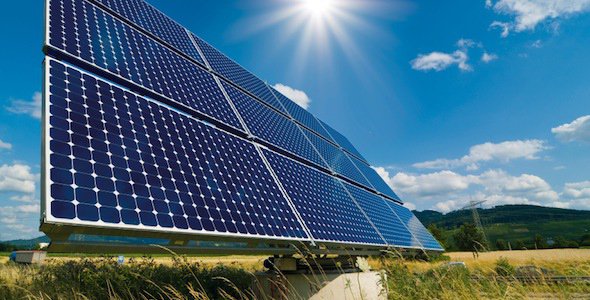More UK's electricity is generated by clean energy sources

Renewables are becoming part of mainstream British energy. They include onshore and offshore wind, solar farms, hydroelectric dams and biomass.
Approximately 25% of Britain’s power came from wind, wave and tidal power and other renewable energy sources in 2015.
In total, low-carbon power sources, which produce little greenhouse gas emissions, supplied a record 46% of the UK’s electricity in 2015, as the amount of renewables rose and nuclear generation grew after outages in 2014.
Also, statistics show that these low-carbon sources, which accounted for almost half of national electricity supply in the UK in 2015, outstripped coal for the first time. In 2015 coal supplied approximately a fifth (22%) of power, down from 30% in 2014, while gas continued to provide around 30% of the UK’s electricity.
The figures showed that nuclear power’s contribution rose from 19% in 2014 to 21% in 2015,
In 2015 the amount of onshore and offshore wind turbines and solar panels increased, while higher wind speeds and more rainfall boosted hydropower - helping to generate more clean energy.
In 2015 the amount of onshore and offshore wind turbines and solar panels increased, and more clean energy was generated due to higher wind speeds and hydropower was boosted by higher than usual rainfall
The government plans to phase out polluting coal-fired power stations by 2025 and to build new gas plants.
| Exercise 1. Find the equivalents in the text to the phrases below. Check with the Answer Key. |
1-outstrip
2 –renewables
3-approximately
4-outage
5-phase out
6-pellets
7-account for
- 1-outstrip –outperform ; 2 -renewables – energy sources such as solar or wind energy; 3-approximately- about. around ; 4-outage – inactivity, standstill; 5-phase out – reduce by stages; 6-pellets- granules; 7-account for – make, compose
Вернуться к списку газет
